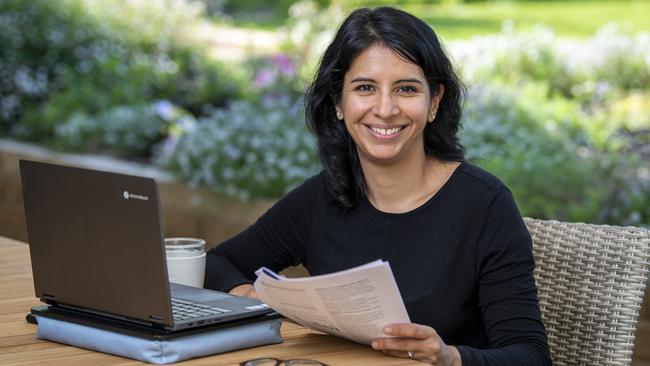Best and worst superannuation funds revealed in new Stockspot report
A wide range of returns from superannuation funds is delivering some Australians a much richer retirement than others. See the list
National
Don't miss out on the headlines from National. Followed categories will be added to My News.
Exclusive: Higher-than-necessary superannuation fees are slicing hundreds of thousands of dollars from retirement nest eggs, a new study of Australia’s best and worst funds has found.
Investment platform Stockspot examined more than 500 super fund options covering about 90 per cent of Australians and discovered average annual returns among popular growth funds ranged from 3.6 per cent to 11.8 per cent.
It has prompted a fresh warning for people to check their retirement savings or risk huge regrets later in life.
A majority of Australians have a growth super fund, which has 60-80 per cent growth assets such as shares and property, and best performer in this category is the HESTA – Sustainable Growth fund, according to Stockspot’s 2021 Fat Cat Funds Report.

It has averaged 11.8 per cent annual growth for the past five years, while AustralianSuper – Balanced and UniSuper – Sustainable Balanced ranked second and third with 10.4 and 10.2 per cent growth.
The worst growth fund over five years was AMP – FLS – AMP Capital Multi-Asset super fund at 3.6 per cent, then OnePath – Optimix Moderate at 3.9 per cent and OnePath – Tax Effective Income at 4 per cent.
The report says fees are a key factor, and it found there were twice as many high-fee funds (charging more than 1 per cent) than low-fee funds (charging less than 1 per cent).
“There really is no reason for high fees except for lining the pockets of individual super fund managers and asset consultants,” Stockspot CEO Chris Brycki said.
“And unfortunately, fees have a devastating impact. Many young Aussies paying 1.5 per cent per year or more in super fees could pay over $220,000 in excess fees in their lifetime.”
JBS Financial Strategists CEO Jenny Brown said paying an extra 1 per cent in fees was “carving 1 per cent off your return each year”, costing people plenty in missed compound interest.
“Look at the combination of where the money is invested, and what the fees are,” she said.
Ms Brown said people who ignored super should “look the age pension” paying $483 a week and ask if they could live on that and still go out and travel.
“It’s your money, but it’s going into long-term savings rather than just cash in your hand,” she said.
Super fund member Rashi Singh, 39, has switched funds a few times previously after being “shocked that the fees were so high and the performance was not actually greater”.
She also took advice from a financial planner, who helped her pay closer attention to her investment choice and fund performance.
“I learnt that as a young person my investment strategy can take on more risk because there is a longer lifespan of the investment,” Ms Singh said.
“It is incredibly important to be aware because even though you can’t access this money until retirement, you can see where you are on the trajectory of growth and make changes that will impact the end sum.”
Stockspot also examined aggressive, balanced and moderate fund categories. MLC, UniSuper, AustralianSuper and Fiducian Super were among the best overall performers, while OnePath, AMP, Zurich and The ARA Retirement Fund struggled.
Mr Brycki recommended people invest in a fund category that suited their age.
“If you’re young and starting work, or hitting your mid-professional stride, an aggressive growth or growth fund is best,” he said.
“If you’re heading towards retirement, you may want a more moderate or conservative strategy.”





